HalloweenSchoolPoisonous PlantsBeesMosquitoesTicksFireworksPoolPlaygroundSunBiking and ATVs
From back to school to fun in the outdoors, keep your child safe and healthy throughout the year.
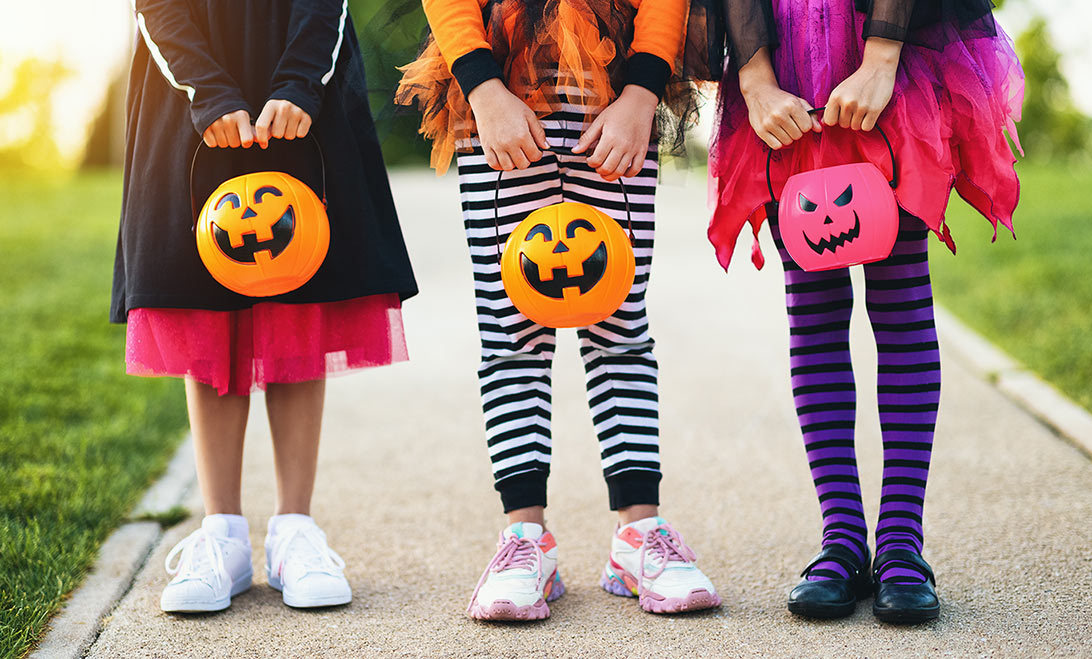
Halloween Safety Tips
Keep your Halloween full of treats and no tricks by practicing these Halloween safety tips.
Costumes
- Ensure costumes fit well to avoid tripping. Avoid wearing masks as they can obstruct vision.
- When using face paint, test the paint in a small area on the arm for allergic reaction. Remove face paint before bed in case of irritation of the skin and eyes.
- Do not use contact lenses without a prescription. Doing so can result in eye scratches, eye sores, eye infections, and vision loss.
Treats
- Only consume factory-wrapped treats and discard anything that looks suspicious.
- Read treat labels for children with food allergies.
- Keep medications and vitamins secure, as these can be mistaken for Halloween treats by children.
Trick-or-Treating
During trick or treating, children should:
- Have a flashlight, an emergency card if they get lost, and reflective tape on costumes and trick-or-treat bags.
Remind your child to practice safety near the road:
- Trick-or-treat in a group with responsible adults present.
- Walk on the sidewalk when possible or the far edge of the road facing traffic.
- Look both ways before crossing the street.
- Walk, do not run.
School Safety Helpline
If you or someone you know needs to report information that may have a negative impact on students, staff, or property at a West Virginia school, call the School Safety Helpline at 866-723-3982. This is a 24/7 toll-free helpline provided by the Emergency Management Division.
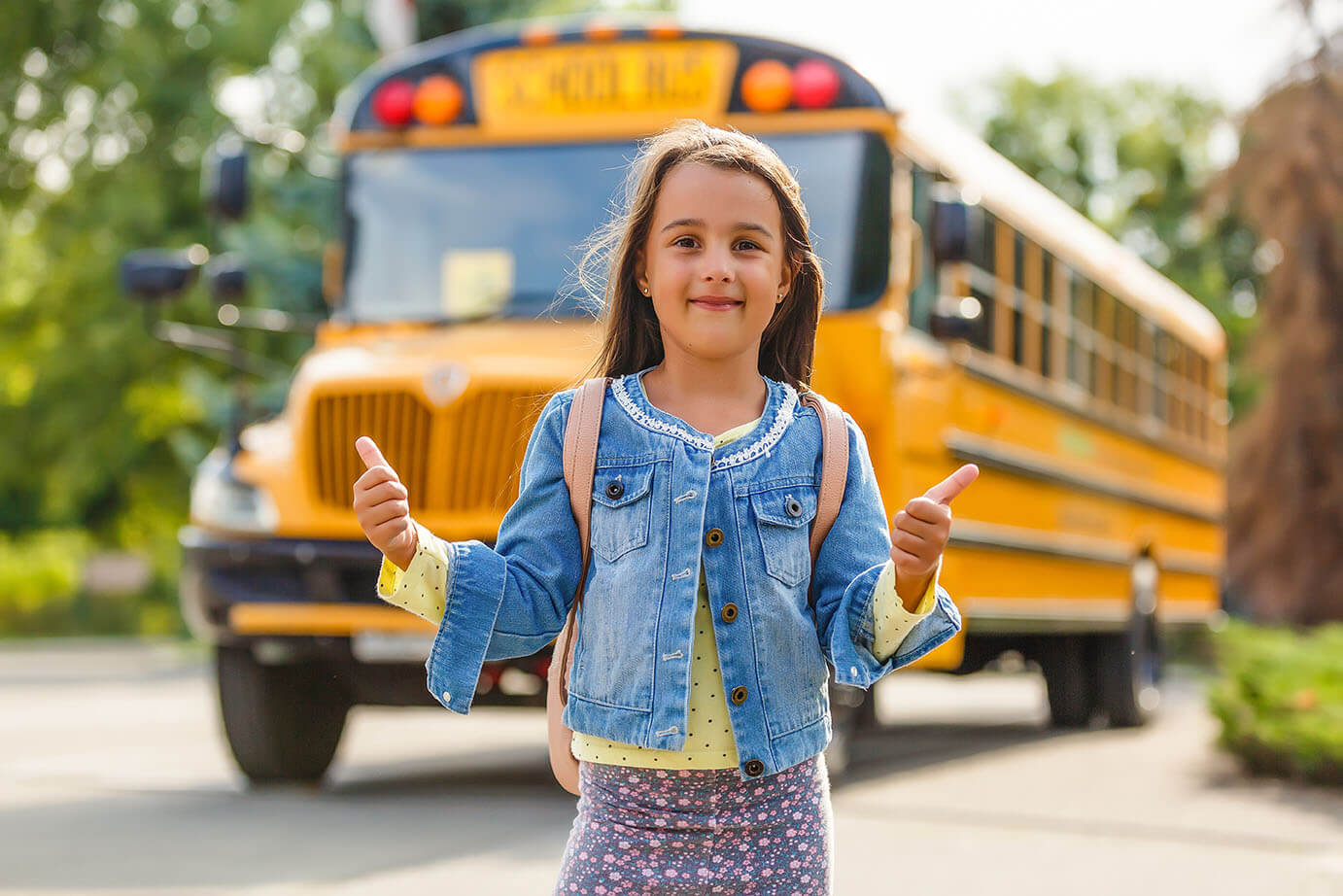
Back to School Safety Tips
The new school year is just around the corner. Whether it is the first school year for your child or the eighth, reviewing school safety is always vital before the new school year.
Bus Safety for Drivers
As a driver, practicing the driving rules around school buses and being mindful of the surrounding area is crucial.
- Yellow flashing lights on a school bus mean slow down, don’t speed up, because the bus is preparing to stop. Likely, students are waiting to get on the bus, or parents are waiting nearby to pick up children.
- Red flashing lights mean stop and wait at least 20 feet behind the bus because children are getting on or off the school bus. Stay stopped until the red lights stop flashing, the extended stop-arm is withdrawn, and the bus begins moving. Passing a school bus while the stop-arm is extended and the red lights are flashing is illegal.
Even when lights aren’t flashing, watch for children. Be alert for children during the morning, mid-afternoon and around school arrival and dismissal times. Pay attention when backing out of a driveway and driving through a neighborhood, school zone, or bus stop.
Bus Safety for Students
Not only do drivers need to stay watchful, but also children. Teach your child SAFE:
- Stay five steps away from the curb.
- Always wait until the bus comes to a complete stop and the bus driver signals for you to board.
- Face forward after finding a seat on the bus.
- Exit the bus after it stops and look left-right-left for cars before crossing a street.
Pedestrian Safety
Whether your child is walking to school, crossing the street, or nearby the road, everyone should be aware of their surroundings and follow these reminders:
- Use the sidewalk when possible; if there isn’t a sidewalk, walk on the edge of the street facing traffic.
- When available, use marked crosswalks to cross the street, and look left-right-left for vehicles or bikes before crossing.
- Ensure you never play, push or shove others when walking around traffic.
- Everyone should watch the road, not their phones.
School Safety Helpline
If you or someone you know needs to report information that may have a negative impact on students, staff, or property at a West Virginia school, call the School Safety Helpline at 866-723-3982. This is a 24/7 toll-free helpline provided by the Emergency Management Division.
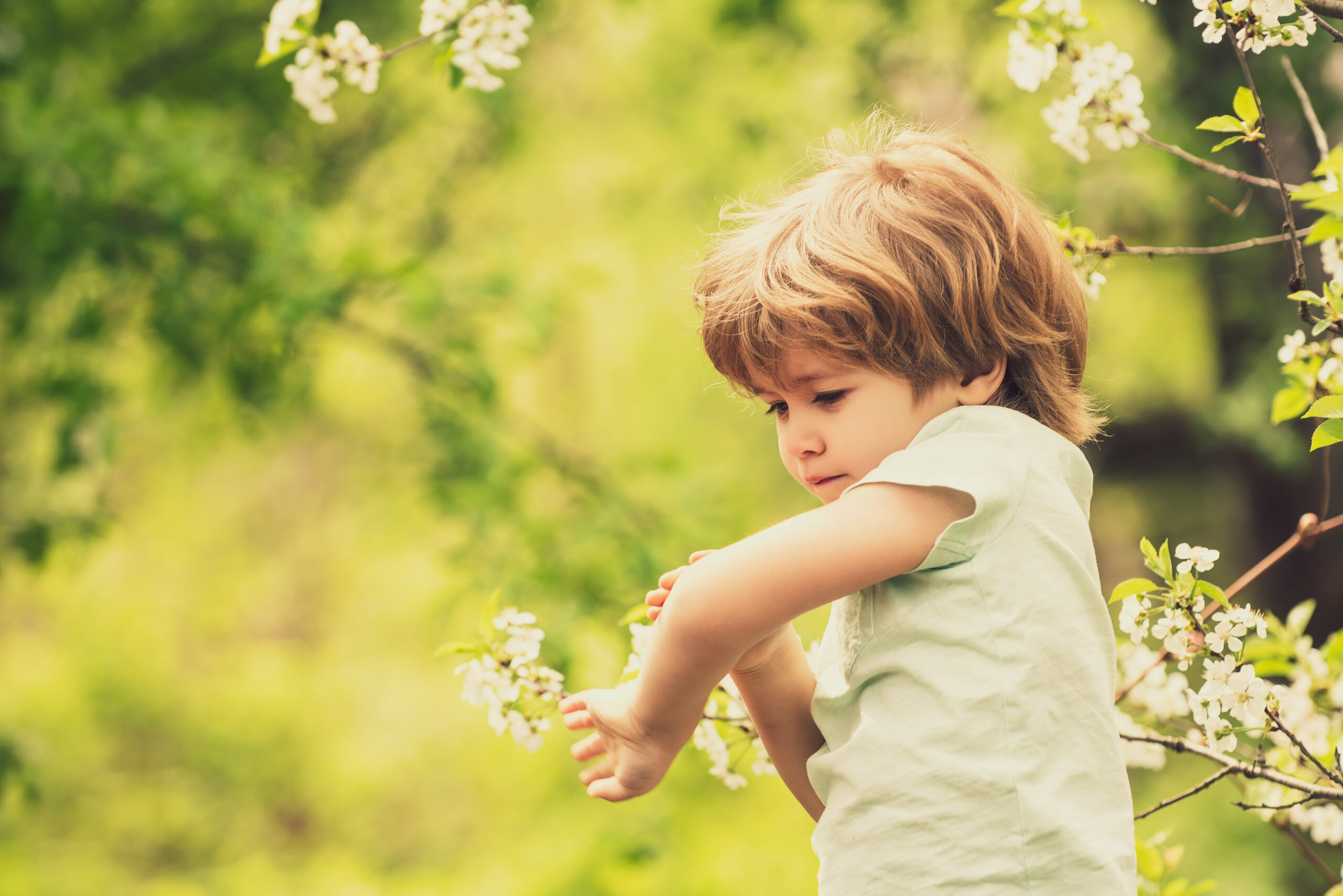
Safety with Poisonous Plants
We sometimes forget how much our children are at risk for exposure to poisonous plants, such as poison ivy, poison oak, and poison sumac. When these plants come in contact with skin, the sap oil (urushiol) can cause an allergic reaction.
Ways to protect your child from exposure:
- Wear long sleeves, long pants, boots, and gloves. Wash exposed clothing separately in hot water with detergent.
- Barrier skin creams, such as lotion containing bentoquatum, may offer some protection.
- After use, clean tools with rubbing alcohol or soap and lots of water. Urushiol can remain active on the surface of objects for up to five years. Wear disposable gloves during this process.
Symptoms of exposure:
- Red rash within a few days of contact
- Swelling
- Itching
- Possible bumps, patches, streaking, or weeping blisters
- NOTE: Blister fluids are not contagious
If your child is exposed, you should:
- Immediately rinse skin with rubbing alcohol, poison plant wash, or degreasing soap (such as dishwashing soap) or detergent, and lots of water. Rinse frequently so wash solutions do not dry on the skin and further spread the urushiol.
- Scrub under nails with a brush.
- Apply wet compresses, calamine lotion, or hydrocortisone cream to the skin to reduce itching and blistering. Oatmeal baths may relieve itching.
- An antihistamine may help relieve itching. NOTE: Drowsiness may occur.
- In severe cases, seek professional medical attention.
- Call 911 or go to a hospital emergency room if you have a severe allergic reaction, such as swelling or difficulty breathing, or have had a severe reaction in the past.

Safety with Bees
As children spend more time outside in the warmer months, the risk of getting stung by a bee is higher.
To protect your child from getting stung:
- Wear light-colored, smooth-finished clothing.
- Wear clean clothing and bathe daily.
- Wear clothing to cover as much of the body as possible.
- Remain calm and still, if a single stinging insect is flying around. (Swatting may cause the bee to sting.)
- If attacked by several stinging insects, run to get away. (Bees release a chemical when they sting, which attracts other bees.)
If your child is stung, you should:
- Monitor your child to ensure they do not have an allergic reaction.
- Wash the site with soap and water.
- Remove the stinger using gauze wiped over the location of the sting.
- Apply ice to reduce swelling.
- Do not scratch the sting, as this may increase swelling, itching, and risk of infection.
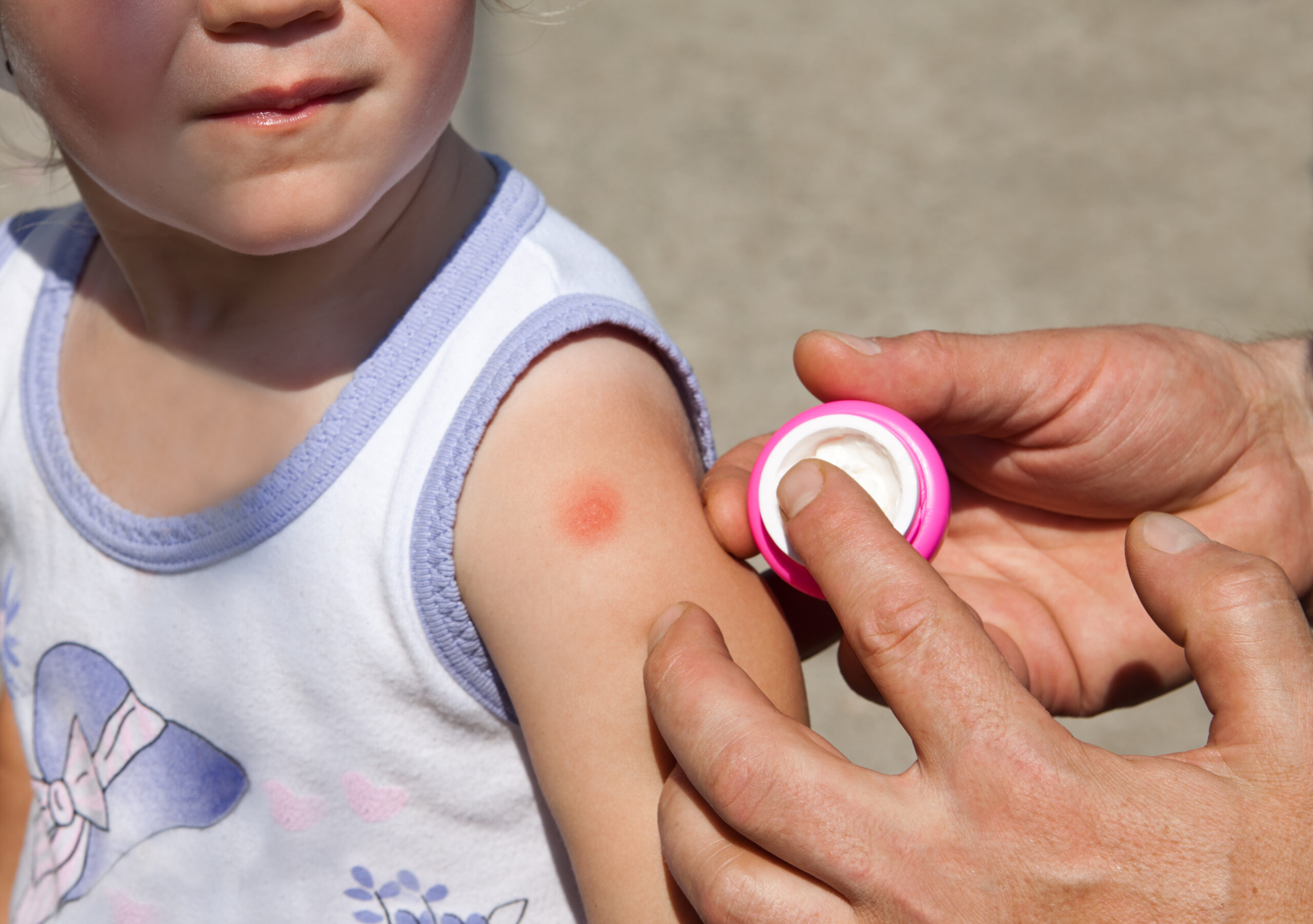
Safety with Mosquitoes
Prevent and treat mosquito bites with these tips:
To prevent a bite:
- Use age-appropriate EPA-registered insect repellent and always follow the instructions. Avoid applying insect repellent onto a child’s hands, eyes, mouth, and any cut or irritated skin.
- Cover crib, stroller, and baby carrier with mosquito netting.
- Dress your child in clothing that covers arms and legs.
To treat a bite:
- Wash the area with soap and water.
- Apply an ice pack for 10 minutes to reduce swelling and itching. Reapply the ice pack as needed.
- Apply a mixture of baking soda and water, which can help reduce the itch response.
- Use an over-the-counter anti-itch or antihistamine cream to help relieve itching. Follow the product label directions.
- Do not scratch bites to avoid infection.
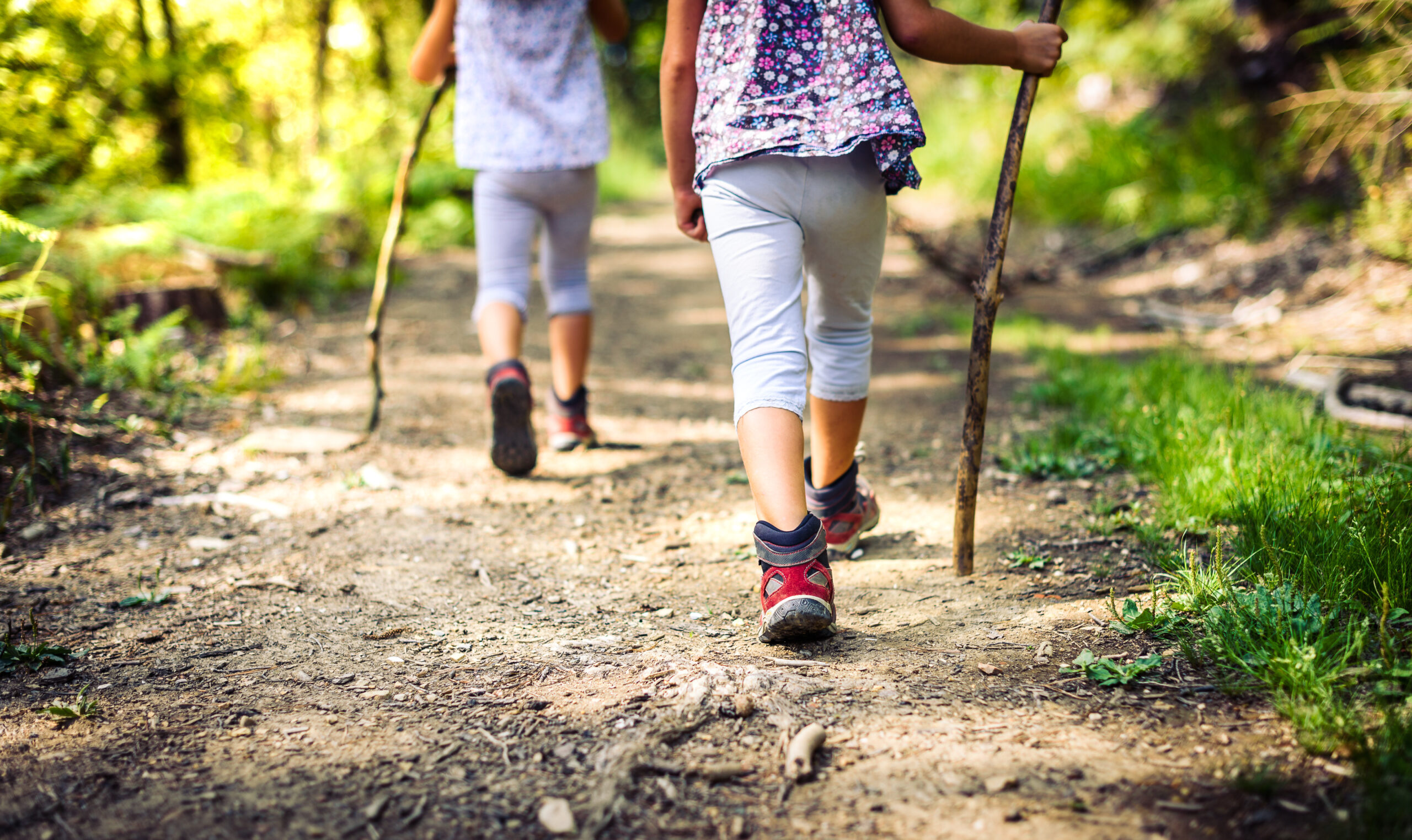
Safety with Ticks
Ensure you know how to prevent and treat tick bites. Tick exposure can happen year-round, but ticks are most active during warmer months (April-September). Find out which ticks are most common in your area here.
To Prevent Before You Go Outdoors:
- Know where to expect ticks. Ticks live in grassy, brushy, or wooded areas or even on animals. Spending time outside walking your dog, camping, gardening, or hunting could bring you in close contact with ticks. Many people get ticks in their yards or neighborhood.
- Treat clothing and gear with products containing 0.5% permethrin. Permethrin can treat boots, clothing, and camping gear, as it can remain protective through several washings. Alternatively, you can buy permethrin-treated clothing and gear.
- EPA-register
- Use EPA-registered insect repellent containing DEET, picaridin, IR3535, Oil of Lemon Eucalyptus (OLE), para-menthane-diol (PMD), or 2-undecanone. Find the product that best suits your needs here. Always follow product instructions. Do not use products containing OLE or PMD on children under 3 years old.
- Avoid Contact with Ticks
- Avoid wooded and brushy areas with high grass and leaf litter.
- Walk in the center of trails.
To Prevent Before You Go Indoors:
Check your clothing for ticks. Ticks may be carried into the house on clothing. Any ticks that are found should be removed. Tumble dry clothes in a dryer on high heat for 10 minutes to kill ticks on dry clothing after you come indoors. If the clothes are damp, additional time may be needed. If the clothes require washing first, hot water is recommended. Cold and medium-temperature water will not kill ticks.
Examine gear and pets. Ticks can ride into the home on clothing and pets, then attach to a person later, so carefully examine pets, coats, and daypacks.
Shower soon after being outdoors. Showering within two hours of coming indoors has been shown to reduce your risk of getting Lyme disease and may effectively reduce the risk of other tickborne diseases. Showering may help wash off unattached ticks, which is an excellent opportunity to do a tick check.
Check your body for ticks after being outdoors. Conduct a full body check upon return from potentially tick-infested areas, including your backyard. Use a hand-held or full-length mirror to view all parts of your body. Check these parts of your body and your child’s body for ticks:
- Under the arms
- In and around the ears
- Inside belly button
- Back of the knees
- In and around the hair
- Between the legs
- Around the waist
To Remove a Tick:
- Use clean, fine-tipped tweezers to grasp the tick as close to the skin’s surface as possible.
- Pull upward with steady, even pressure. Don’t twist or jerk the tick; this can cause the mouth parts to break off and remain in the skin. If this happens, remove the mouth parts with tweezers. If you cannot remove the mouth easily with tweezers, leave it alone and let the skin heal.
- After removing the tick, thoroughly clean the bite area and your hands with rubbing alcohol or soap and water.
- Never crush a tick with your fingers. Dispose of a live tick by
- Putting it in alcohol,
- Placing it in a sealed bag/container,
- Wrapping it tightly in tape, or
- Flushing it down the toilet.
If you develop a rash or fever within several weeks of removing a tick, see your doctor:
- Tell the doctor about your recent tick bite,
- When the bite occurred, and
- Where you most likely acquired the tick.
Safety with Fireworks
Children between the ages of 5 and 9 are more than twice as likely to be injured by fireworks than other age groups. Most of these injuries are due to sparklers. Celebrate with your family safely by following these tips:
- Never allow children to play with or ignite fireworks, including sparklers. Sparklers burn at about 2,000 degrees Fahrenheit—hot enough to melt some metals. Sparklers can quickly ignite clothing, and children have received severe burns from dropping sparklers on their feet or touching body parts.
- Consider safe alternatives such as party poppers, bubbles, silly string, or glow sticks.
- Protect hearing; fireworks can exceed 150 dB. Limit the time of exposure to loud sounds, such as fireworks and use hearing protection devices – earplugs or earmuffs.
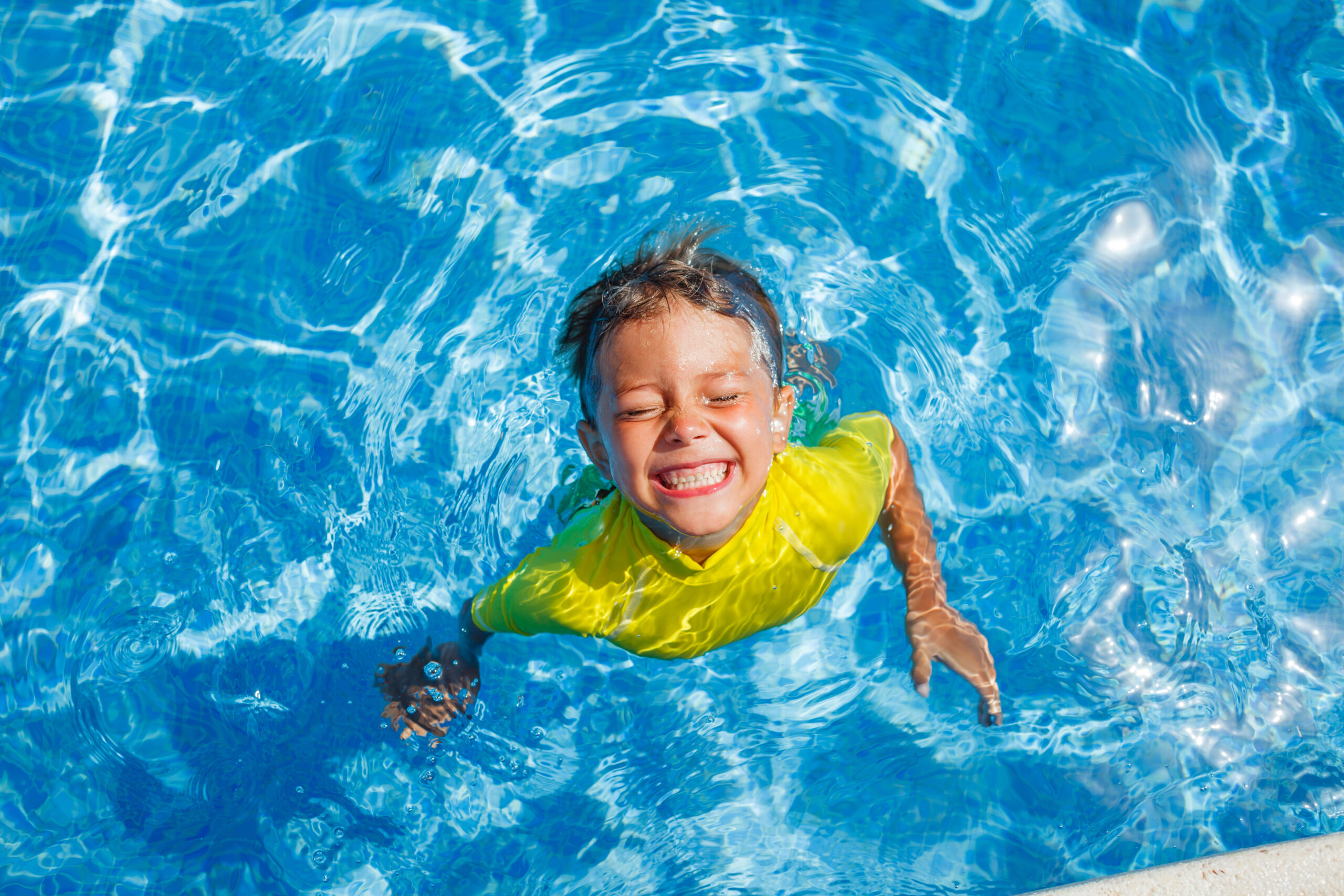
Safety at the Pool
Drownings rank fifth among the leading causes of unintentional injury deaths in the United States. Parents should always do the following:
- Supervise children when in or around water, and a responsible adult should be present while constantly watching them swim.
- Teach kids how to swim-formal swimming lessons can protect young children from drowning.
- Learn cardiopulmonary resuscitation (CPR)
- Install a four-sided fence around home pools.
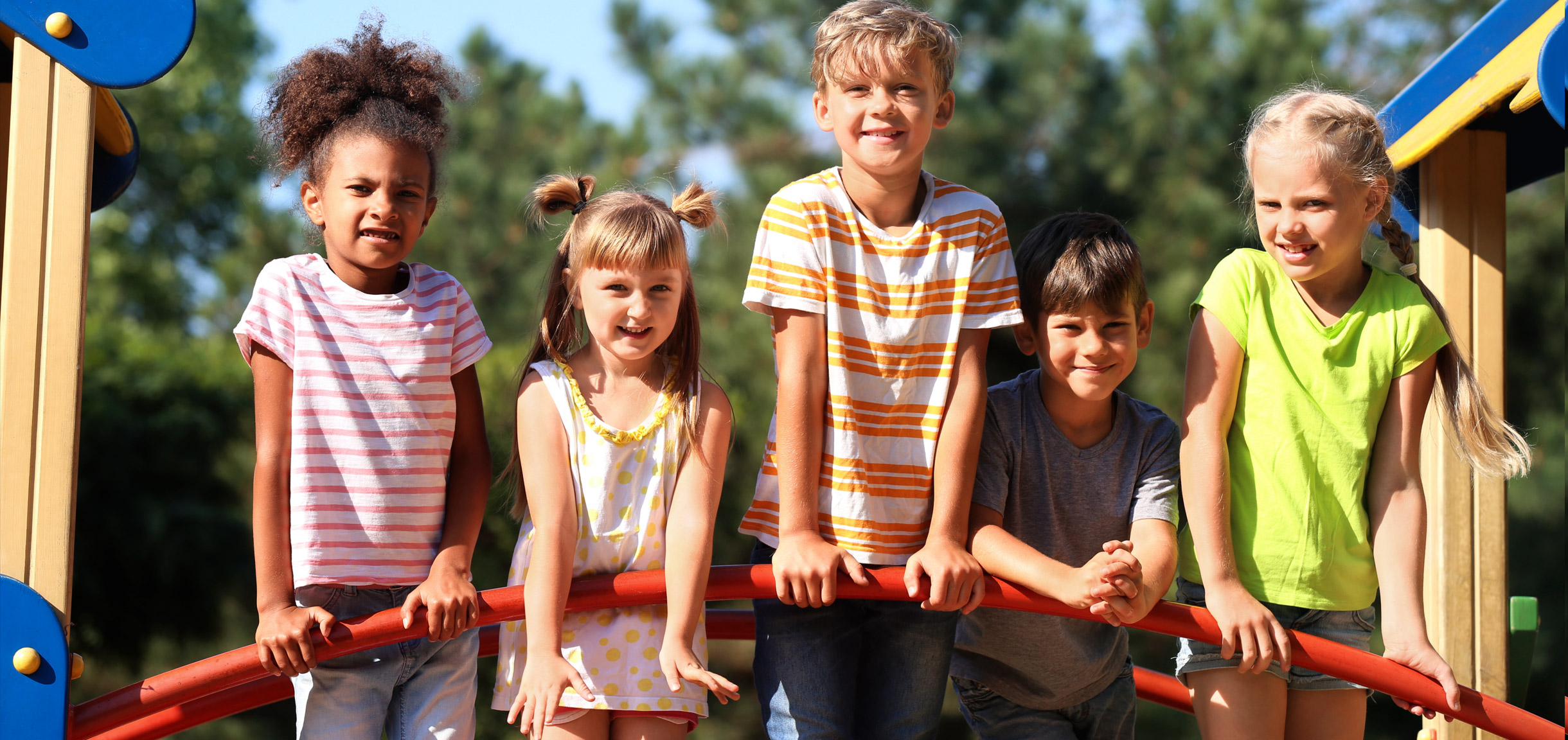
Safety at the Playground
Each year in the United States, Emergency Departments treat more than 200,000 children ages 14 and younger for playground-related injuries. It is important for parents to do the following:
- Check to make sure that the surfaces under playground equipment are safe, soft, and well maintained—you want to ensure that soft materials are used, such as wood chips, sand, or mulch.
- Read playground signs and use playground equipment that is right for your child’s age.
- Make sure there are guardrails in good condition to help prevent falls.
- Look out for things in the play area that can trip your child, such as tree stumps or rocks.
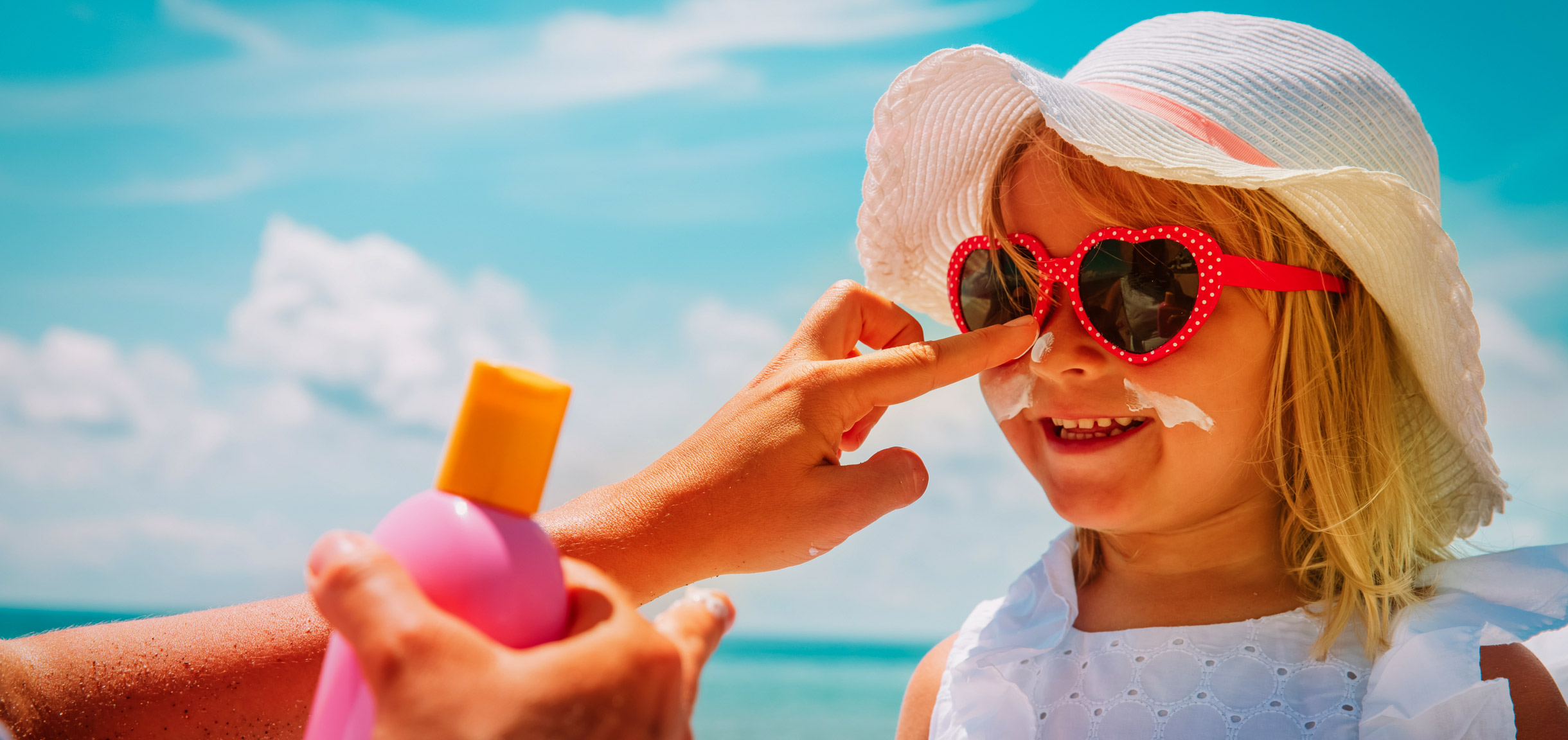
Safety in the Sun
Only a few serious sunburns can increase your child’s risk of skin cancer later in life. Their skin needs protection from the sun’s harmful ultraviolet (UV) rays whenever they are outdoors. Protect their skin by doing the following:
- Never leave infants, children, or pets in a parked car, even if the windows are cracked open.
- Dress infants and children in loose, lightweight, light-colored clothing.
- Schedule outdoor activities carefully, preferably for morning and evening hours.
- Take cool showers or bath.
- Seek medical care immediately if your child has symptoms of heat-related illness.
- Cover up. Clothing covering you and your child’s skin helps protect against UV rays.
- Use sunscreen with at least SPF (sun protection factor) 30 and UVA (ultraviolet A) and UVB (ultraviolet B) protection every time you and your child go outside.
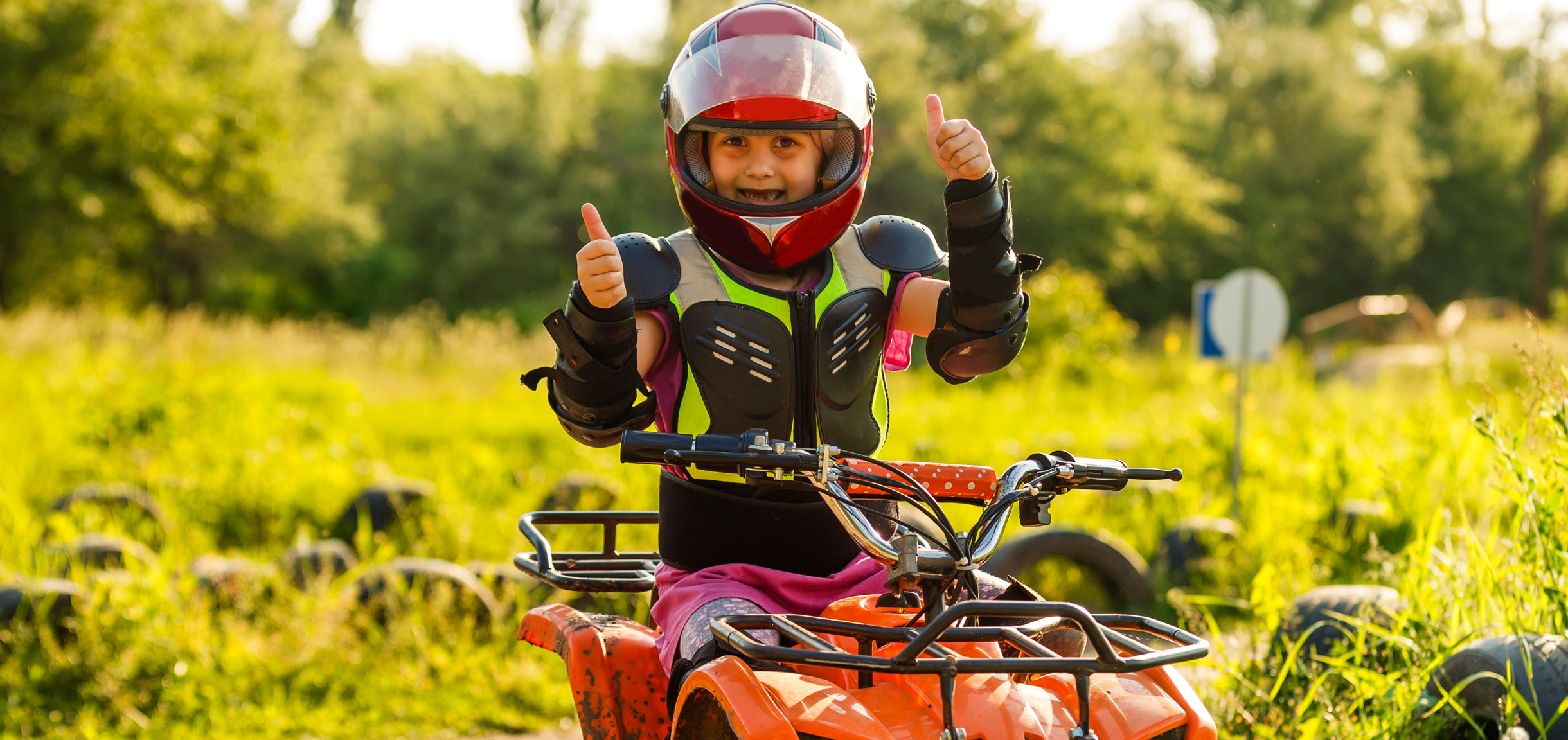
Safety with Biking and ATVs
You can help protect your child or teen from a serious brain or head injury by making sure that a helmet and other protective gear fit appropriately. However, helmets should be:
- Well maintained,
- Age-appropriate,
- Worn consistently and correctly, and
- Appropriately certified for use.
The Consumer Product Safety Commission (CPSC) urges the riding community to follow these safety tips to keep children safe:
- Never let children ride ATVs that are meant for adults.
- Make sure children younger than 16 operate only youth model ATVs appropriate for their age.
- Never let children younger than six on an ATV.
Please note, the information provided throughout this site is not intended or implied to be a substitute for professional medical advice, diagnosis, or treatment. All content, including text, graphics, images, and video, on or available through this website is for general information purposes only. If you are experiencing related symptoms, please visit your doctor or call 9-1-1 in an emergency.
